Are you looking to enhance the beauty and functionality of your floors? Decorative epoxy flooring might just be the perfect solution for you! With its stunning aesthetics and durable properties, epoxy flooring has taken the interior design world by storm. In this comprehensive guide, we’ll delve deep into everything you need to know about decorative epoxy flooring, including types, benefits, installation processes, maintenance, and much more. Plus, I’ll share my personal experiences with epoxy flooring that have shaped my appreciation for this remarkable material.
What is Decorative Epoxy Flooring?
Decorative epoxy flooring refers to a resinous flooring system that combines epoxy resin with decorative elements, creating an appealing surface suitable for both residential and commercial settings. The beauty of epoxy lies in its versatility, allowing for countless design possibilities, from solid colors to intricate patterns.
Understanding the Components of Epoxy Flooring
Epoxy Resin
Epoxy resin is a polymer that cures to form a strong and durable surface. The resin typically consists of two parts: a resin and a hardener. When mixed, they undergo a chemical reaction that creates a rigid material.
Aggregate Materials
Aggregate materials can include decorative chips, quartz, and metals that enhance the visual appeal and texture of the flooring. These materials are broadcasted onto the wet epoxy to create unique designs.
Types of Decorative Epoxy Flooring

1. Solid Color Epoxy Flooring
This is the simplest form of epoxy flooring, where a single color is applied to create a clean, modern look. It’s perfect for spaces needing a minimalistic approach.
2. Flake Epoxy Flooring
Flake epoxy incorporates small colored chips into the epoxy mix, providing a vibrant and textured surface. This type offers greater slip resistance and hides dirt and imperfections well.
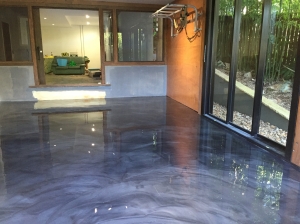
3. Metallic Epoxy Flooring
Metallic epoxy is a spectacular option that provides a shimmering, three-dimensional finish. This type is particularly popular in high-end residential and commercial spaces.
4. Quartz Epoxy Flooring
Combining epoxy with quartz aggregates results in a hard, resilient surface that’s both stylish and functional. This type is commonly used in commercial kitchens and bathrooms.
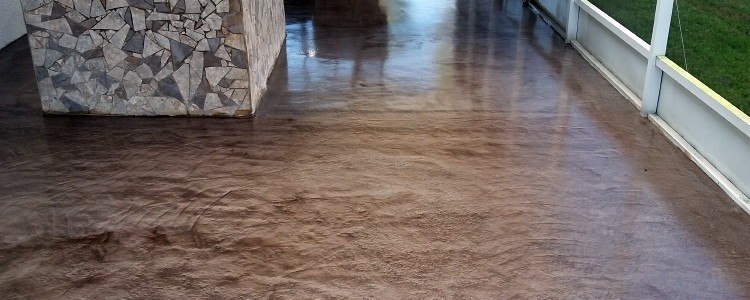
Benefits of Decorative Epoxy Flooring
There are numerous advantages to choosing decorative epoxy flooring, making it a popular choice for homeowners and businesses alike.
Durability
Epoxy flooring is remarkably tough and can withstand heavy foot traffic, abrasions, and impacts without showing signs of wear.

Customizability
The ability to customize colors, patterns, and finishes allows you to create a unique flooring solution that reflects your style.
Low Maintenance
Epoxy floors are easy to clean and maintain, requiring only regular sweeping and occasional mopping.
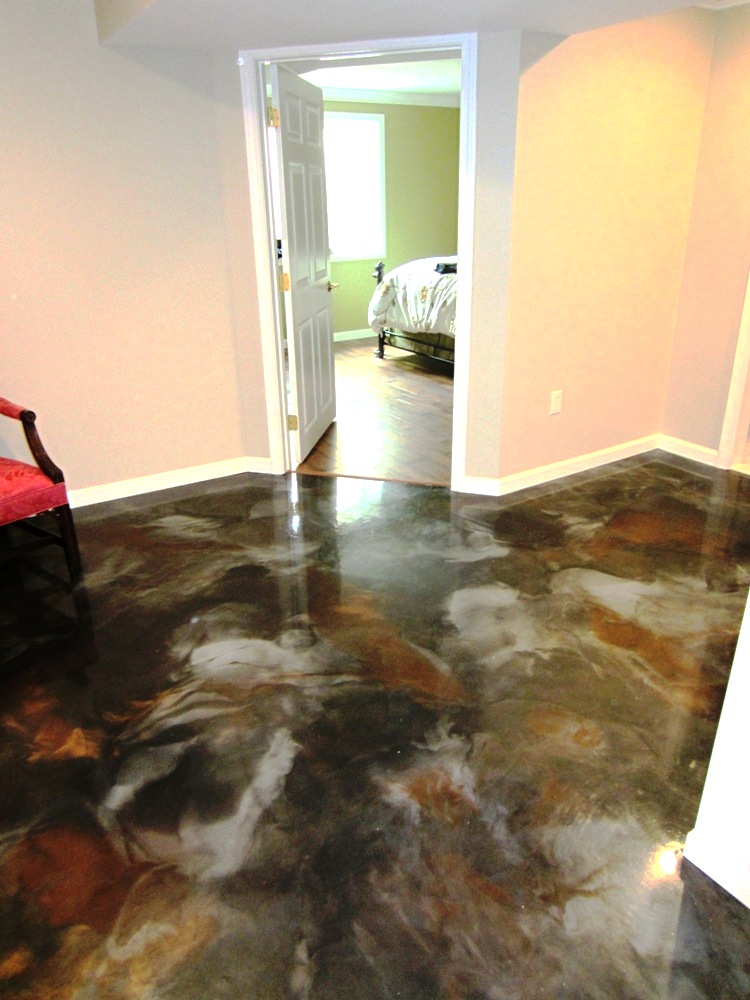
Seamless Finish
With no seams or joints, epoxy flooring provides a hygienic surface that minimizes the accumulation of dirt and bacteria.
Cost-Effective
When considering longevity and durability, epoxy flooring can be a cost-effective solution compared to traditional flooring options.
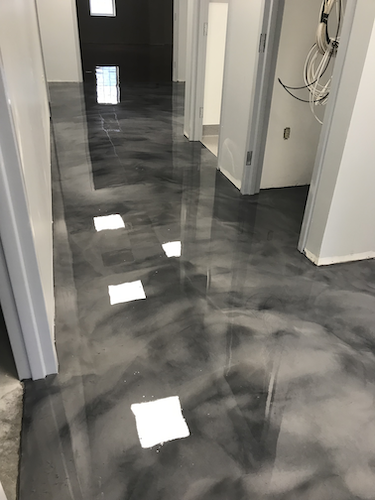
Installation Process of Decorative Epoxy Flooring
The installation of decorative epoxy flooring can seem daunting, but with the right guidance, it can be straightforward.
Preparation
The first step is preparing the concrete surface. This typically involves cleaning, repairing cracks, and ensuring the surface is dry and free of contaminants.
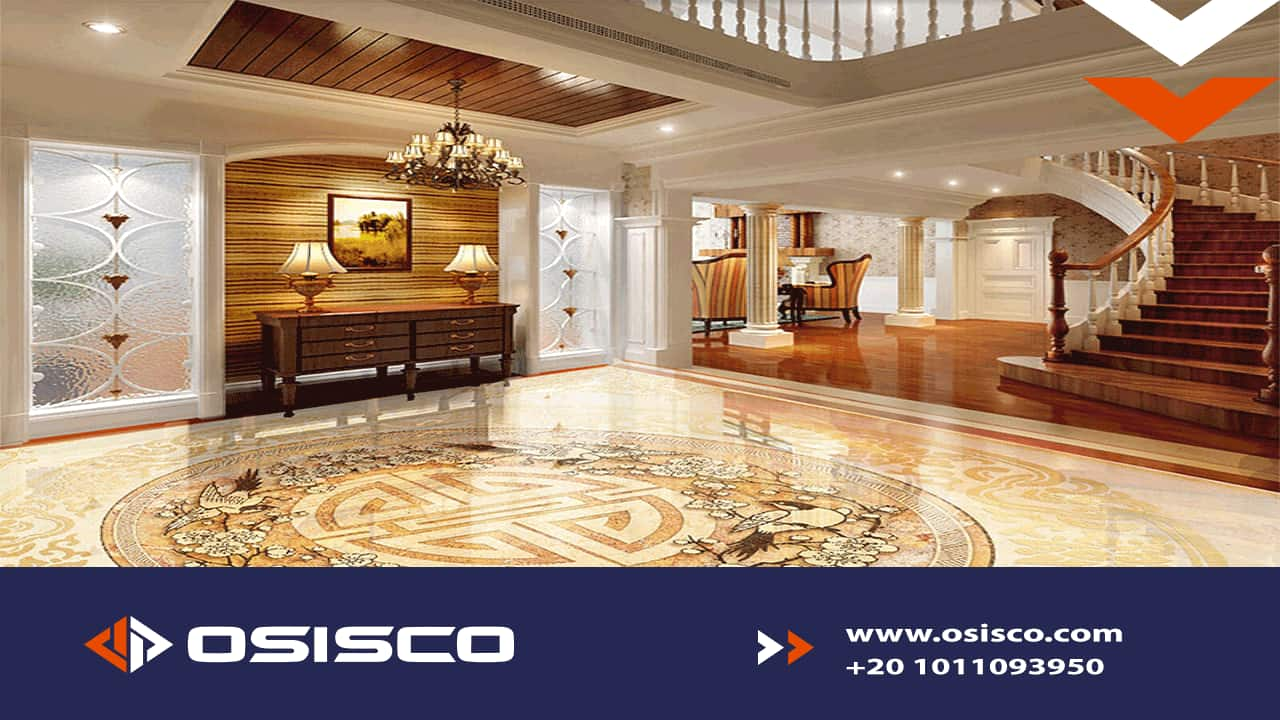
Priming
Applying an epoxy primer helps enhance adhesion between the concrete and the epoxy layer.
Application of Base Coat
The base coat of epoxy is applied, usually as a solid color, providing the primary color to your flooring project.
Adding Decorative Elements
If using flake or metallic epoxy, this is when those elements are added to the base coat while it is still wet.
Top Coat
Finally, a clear top coat is applied for protection and added shine, enhancing the overall appearance and durability of the floor.
Personal Experience: Why I Chose Decorative Epoxy Flooring
When I decided to renovate my home office, I wanted a flooring solution that was not only functional but also visually stunning. After researching various options, I settled on decorative epoxy flooring. The process was surprisingly easy, and the results were breathtaking. I chose a metallic finish, which has transformed my workspace into an inspiring environment.
Maintenance Tips for Epoxy Flooring
While epoxy flooring is low maintenance, there are a few tips you should keep in mind to ensure your floors remain in top condition.
Regular Cleaning
Regularly sweep or vacuum the floor to remove debris. Use a damp mop with a pH-neutral cleaner for deeper cleans.
Avoid Harsh Chemicals
Avoid using harsh chemicals or abrasive cleaners as they can damage the epoxy surface.
Addressing Scratches and Damages
If scratches or damages occur, they can typically be repaired with an additional application of epoxy in the affected area.
Pros and Cons of Decorative Epoxy Flooring
| Pros | Cons |
|---|---|
| Highly durable and resistant to wear | Can be slippery when wet |
| Customizable aesthetics | Initial installation can be labor-intensive |
| Seamless surface is hygienic | May require professional installation for best results |
| Cost-effective in the long run | Sensitivity to UV light can cause yellowing in some finishes |
Common FAQs About Decorative Epoxy Flooring
What is the average cost of decorative epoxy flooring?
The cost of decorative epoxy flooring can vary depending on factors such as the size of the area, the type of epoxy used, and local labor rates. On average, you might expect to pay between $3 to $12 per square foot.
Is epoxy flooring suitable for outdoor use?
While epoxy flooring can be used outdoors, it’s essential to choose a UV-resistant epoxy to prevent discoloration and degradation from sunlight exposure.
How long does epoxy flooring last?
With proper maintenance, decorative epoxy flooring can last between 10 to 30 years, making it a long-term investment.
Can I install epoxy flooring myself?
While DIY installation is possible, it usually requires specialized knowledge and equipment. For best results, hiring a professional installer is recommended.
What colors are available for decorative epoxy flooring?
There is an extensive range of colors available, allowing you to find the perfect shade that complements your space. You can even mix colors for a custom blend.
Conclusion
Decorative epoxy flooring is a fantastic choice for anyone looking to elevate their space. Its durability, low maintenance requirements, and aesthetic versatility make it a worthy investment. From my experience, the transformation it brings is not just in appearance but also in how the space feels. Whether you’re upgrading your home or planning a commercial project, decorative epoxy flooring offers an innovative solution that can meet your needs.
Don’t hesitate to embrace the beauty and functionality of decorative epoxy flooring—your floors will thank you!